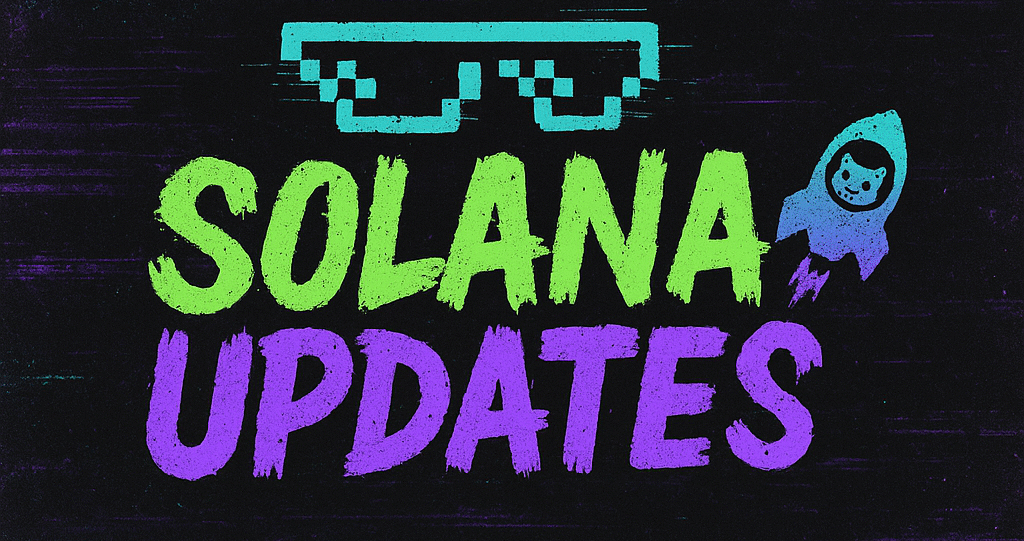The recently enacted GENIUS Act, which imposes a ban on yield-bearing stablecoins, is unlikely to deter institutions from pursuing yield opportunities, according to Will Beeson, CEO of Uniform Labs and former executive at Standard Chartered. Instead, this legislative move could catalyze a shift towards tokenized real-world assets, providing a new avenue for institutional investors to explore.
Stablecoins have long been a favored tool for investors seeking stable yields in the volatile crypto market. However, the GENIUS Act has introduced significant regulatory hurdles by prohibiting yield-bearing programs associated with stablecoins. This move has sparked concerns among investors who have relied on these instruments for predictable returns.
Beeson, drawing on his extensive experience in the financial sector, suggests that the ban might inadvertently accelerate innovation and investment in alternative digital assets, specifically tokenized real-world assets. “The closure of one door often leads to the opening of another,” Beeson remarked. “Investors are always on the lookout for viable yield opportunities, and tokenized assets could be the next frontier.”
Tokenization involves converting physical assets, such as real estate, commodities, or even fine art, into digital tokens on a blockchain. This process not only offers fractional ownership but also enhances liquidity and transparency, making it an attractive proposition for institutional investors.
According to Beeson, the growing interest in tokenized assets can be attributed to their potential to offer stable returns while mitigating some of the risks associated with traditional financial instruments. “Tokenized real-world assets bridge the gap between the tangible economy and digital innovation. They provide a means to access a diversified portfolio without the volatility typically seen in cryptocurrency markets,” he explained.
Moreover, the push towards tokenization aligns with broader trends in the financial industry, where blockchain technology is increasingly being used to streamline operations and reduce costs. Institutions, eager to capitalize on these efficiencies, are likely to further explore how tokenized assets can fit into their overall investment strategies.
The GENIUS Act, while intended to regulate the burgeoning stablecoin market, highlights the challenges regulators face in balancing innovation with consumer protection. Critics argue that such regulations could stifle growth in the digital asset space, while proponents believe they are necessary to ensure market stability and investor safety.
Beeson remains optimistic about the future, seeing the potential for collaboration between regulators and industry players to create a robust framework that supports innovation. “It’s essential for policymakers to work closely with industry leaders to understand the nuances of digital assets and craft regulations that foster growth while protecting investors,” he noted.
As the financial landscape continues to evolve, institutions are likely to keep seeking opportunities that align with their risk profiles and yield objectives. The ban on yield-bearing stablecoins, rather than dampening interest, might just be the nudge needed for the industry to explore new possibilities in the realm of tokenized real-world assets.
In conclusion, while the GENIUS Act presents new challenges for stablecoin investors, it simultaneously opens up exciting prospects in the tokenization sector, promising to reshape how institutions approach and engage with digital assets.
🛒 Recommended Product: Check out top-rated crypto gear on Amazon


